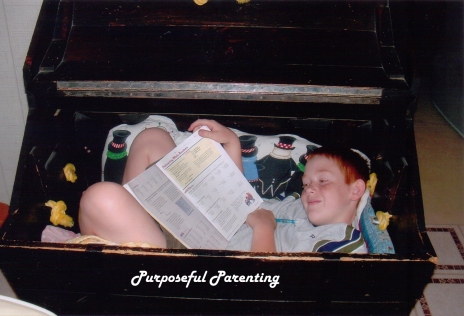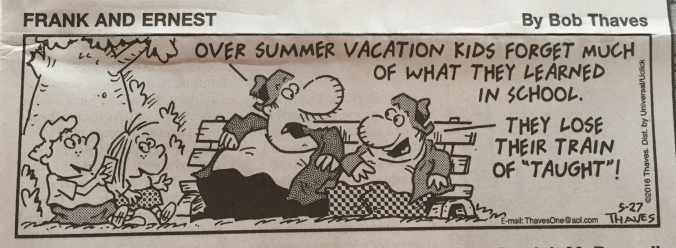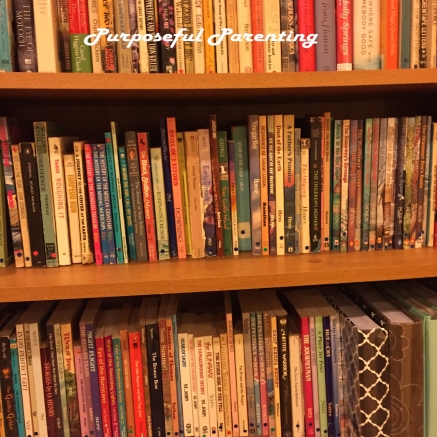No one has ever labeled me an artist. I do possess some creativity and love crafts. I recall only one art project in school of which I was really proud. It was a modeling clay crocodile made while studying Egypt. I was very sad when it lost a leg.
 Despite my lack of artistic ability or skill I really enjoyed having the Picture Lady visit our classroom. The Picture Lady was probably the mom of a student in our elementary school. She would bring a piece of framed art to our classroom and talk about it. Then the piece was hung on the wall and left there until her next visit.
Despite my lack of artistic ability or skill I really enjoyed having the Picture Lady visit our classroom. The Picture Lady was probably the mom of a student in our elementary school. She would bring a piece of framed art to our classroom and talk about it. Then the piece was hung on the wall and left there until her next visit.
Years later when I was homeschooling our children, I tried to replicate what the Picture Lady did. I borrowed framed art from our local library. Often I did not know the artist, the name of the style, or even the title of the piece, but my children and I would discuss what we liked or disliked about the picture. We would discuss what we thought about the colors the artist chose or perhaps how the picture made us feel. 
Like music, art is something to which we respond with thoughts and feelings. Our responses are very personal and subjective. Appreciation of art can be nurtured in almost every city and town. Help your child explore and discover art where you live. Art can be found in many forms and many places. Here are a few places you may find art:
- On the corner of any street. I have seen electrical boxes and fire hydrants artistically and whimsically painted.
- In the downtown district. In some towns painted murals can be found on the sides of buildings and other locations. Towns sometimes have competitions to promote community spirit with all the businesses painting the same figurine to creatively match their business. I have seen statues of cows and dogs used in this way. Window fronts of businesses often have seasonal decorations. I have seen these done by high school students during homecoming week.
- In parks and cemeteries. Monuments, memorials and sculptures are forms of art.
- In older, established neighborhoods. Some architectural styles of homes, such as Victoria, Queen Anne, Italianate, or Painted Ladies have artistic details.
- At colleges or universities. These often have art galleries with changing exhibits.
- At museums. Even small local historical societies may have art depicting an earlier era.
- In and on historic buildings. United States postal offices built in the 1930s and 1940s were elegant buildings and often contained impressive murals and paintings. State capitols and other older government buildings also contain impressive art inside and outside.
- In libraries. Some libraries will exhibit local students’ art work.
- On water towers. Every town has at least one of these and it usually has the city logo on it. Where else can you find the city logo?
- In hospitals, nursing homes, or rehab facilities. Art is used as therapy. It may or may not be displayed. It is therapeutic because it taps into our creativity and allows us to express emotions.
Have fun with your child exploring and discovering art. Help them learn to appreciate the beauty of art as well as artistic skills. The mediums of art are nearly limitless and how and where they can be used is up to one’s imagination. I hope you find the art form that resonates with your heart. Who knows where this early exposure to art may lead your child someday. Helping your child discover personal preferences and allowing them to be different from yours encourages their independence and personal development.
One caution: Of course, anyone can explore art forms on the internet, but this is not a safe format for children alone. Parents should prescreen and find acceptable websites to view with their children. I really like the amazing street art by Tom Bob, NYC.


 But the Olympics rate in a category all their own. Watching the Olympics happens in the comfort of my own home, usually in a recliner and without insects, or sunburn, or someone hawking food or raffle tickets. I don’t have to cart around a child or children to weeks of practices and games or pack healthy snacks for 20 other kids. It’s also FREE. All of these are simply a matter of convenience. There are many positive reasons for being an Olympic spectator.
But the Olympics rate in a category all their own. Watching the Olympics happens in the comfort of my own home, usually in a recliner and without insects, or sunburn, or someone hawking food or raffle tickets. I don’t have to cart around a child or children to weeks of practices and games or pack healthy snacks for 20 other kids. It’s also FREE. All of these are simply a matter of convenience. There are many positive reasons for being an Olympic spectator.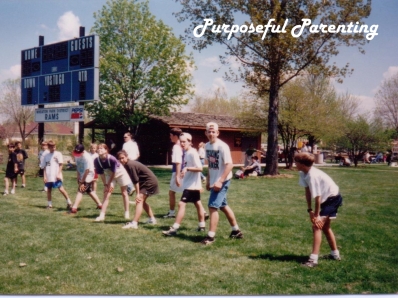
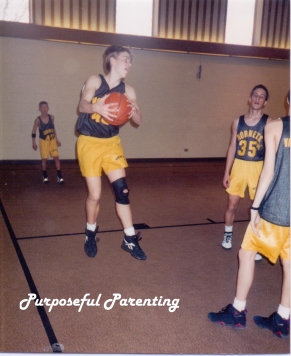 subjects of history, geography, literature, writing, math, spelling, and current events. Why not read a book about an Olympian?
subjects of history, geography, literature, writing, math, spelling, and current events. Why not read a book about an Olympian?